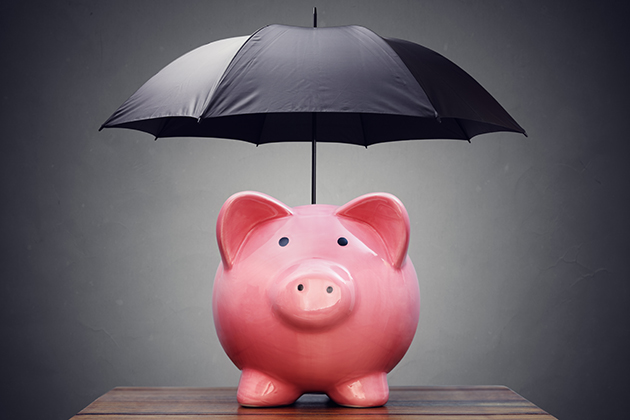|
|
Weatherproof Your Finances: The Modern Guide to a Rainy-Day Fund

Life’s unpredictability underscores the necessity of a rainy-day fund—an indispensable element of a robust financial plan. Even the most meticulous planners can find themselves in a bind when unforeseen expenses pop up. That’s why it’s crucial to have a safety net in the form of both an emergency fund and a rainy-day fund.
The Essentials of Financial Preparedness
Common financial wisdom is abundant, advising us to avoid frivolous spending and to live within our means. Yet, the subtleties of achieving financial independence and reaching diverse financial objectives often go unheeded.
Starting Your Rainy-Day Fund
Initiating a rainy-day fund might seem daunting, particularly for those grappling with high-interest debt. However, it is a critical step that can actually facilitate staying debt-free in the long run. Here’s how to kickstart your fund:
- Embrace the Piggy Bank: Begin with the basics. Collecting spare change in a piggy bank or jar can accumulate into a substantial amount over time.
- Sell Unwanted Items: Platforms like Craigslist, Facebook Marketplace, OfferUp, and eBay are excellent avenues for converting unused belongings into cash.
- Automate Your Savings: Consider opening a savings account and setting up automatic transfers to streamline your savings process.
- Understand the Difference: Distinguish between a rainy-day fund, meant for one-off emergencies, and an emergency fund, designed to cover several months of living expenses in case of significant income loss.
Setting Your Savings Goal
Financial experts suggest aiming for a rainy-day fund of $500 to $3,000, depending on your household needs. Establish a realistic goal and scrutinize your monthly expenses for potential savings. Cutting back on dining out, eliminating unhealthy habits, and even gathering loose change can contribute to your fund. Remember, the key to saving, especially on a tight budget, is to start small and stay consistent.
Embracing the Journey
Life’s ups and downs are inevitable. Having a financial cushion can provide peace of mind during those turbulent times. As you contemplate starting your rainy-day fund, keep it simple. Begin with modest savings and gradually build up to ensure you’re prepared for any financial storm.
Visit https://www.kwikcashonline.com/apply/ to learn more!
